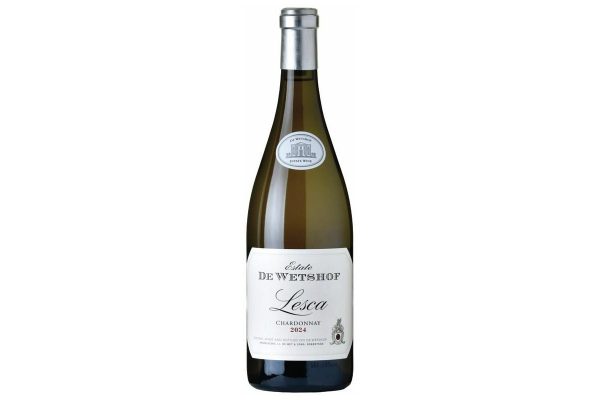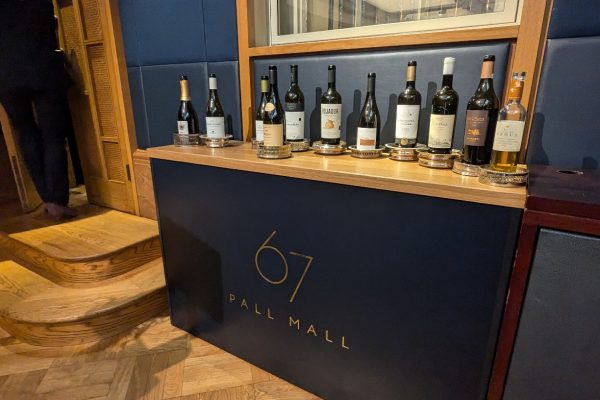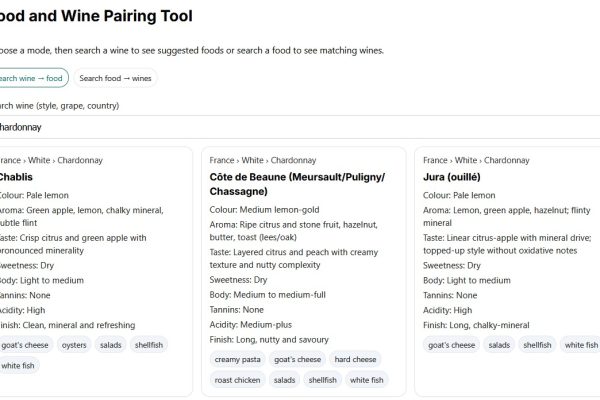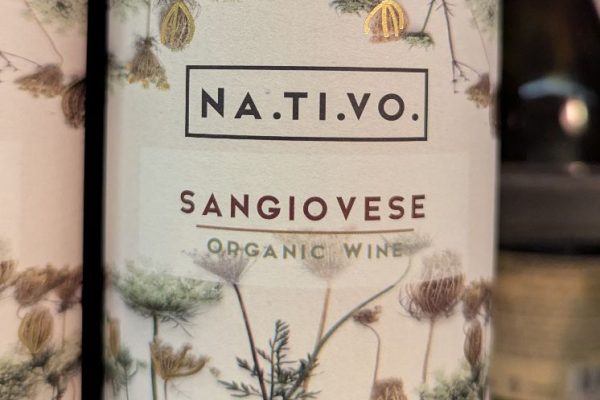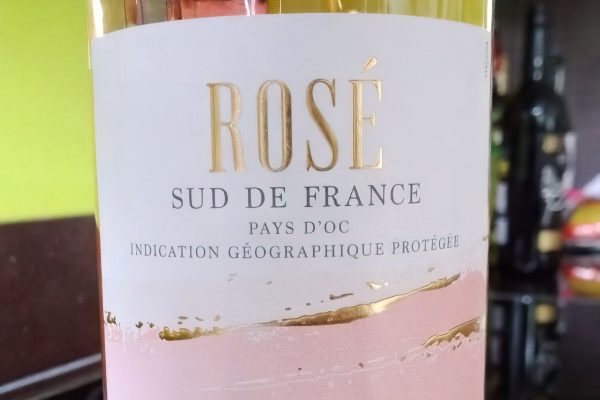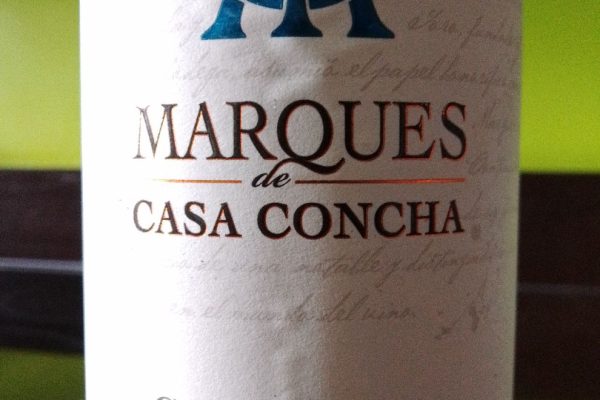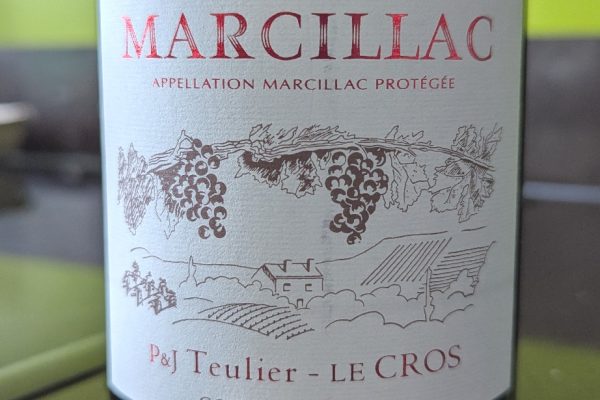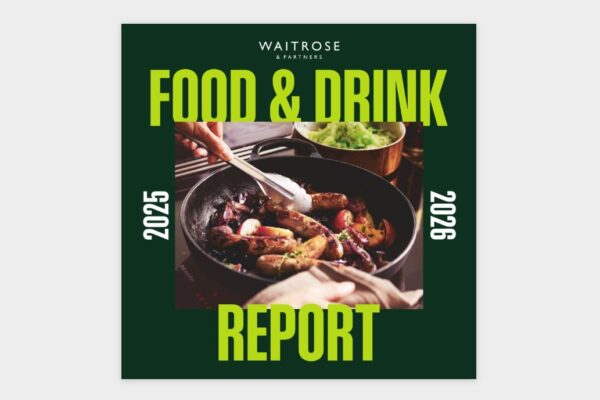
There’s new study-based research (PDF download) into recent sparkling wine consumers in Ontario, Canada, offering insights into the cues that drive their purchase decisions. Sparkling wine’s global market is experiencing significant growth. This uptrend is notable given the distinct nature of sparkling wine, often purchased for celebrations rather than regular consumption.
Research has highlighted the importance of both intrinsic and extrinsic factors in influencing sparkling wine purchases. Consumers prioritise taste, smell, and the price-quality ratio, while also considering the wine’s origin and brand reputation. Interestingly, the significance of these cues can shift based on whether the purchase is for personal enjoyment or as a gift.
The concept of wine involvement plays a pivotal role in segmenting the sparkling wine market. Consumers can be categorised into low, medium and high involvement groups. These segments display distinct preferences and behaviours, from the channels they use to purchase wine to their knowledge levels and willingness to spend. Such segmentation offers valuable insights for marketers aiming to tailor their strategies to different consumer groups.
The study further explores how consumption patterns and preferences vary among these involvement segments. High involvement consumers, for instance, show a greater propensity to consume sparkling wine more frequently and in larger quantities. Yet, their preferences for domestic versus international styles and specific varieties like Cava or Champagne-style wines differ, suggesting targeted marketing strategies could be effective in appealing to various consumer groups.
Among the myriad factors influencing sparkling wine purchases, price, flavour and perceived quality emerge as paramount. Contrary to other products, endorsements and awards seem to hold minimal sway over consumer decisions, pointing to a more personal and experiential basis for selecting sparkling wines. The study also identifies a notable gender difference, with women more likely to consider the intended use or consumption context as crucial in their decision-making process.
These findings offer insight for sparkling wine producers and marketers. Understanding the nuanced preferences of different consumer segments allows for more targeted and effective marketing strategies. For instance, highlighting the production method or sensory attributes may resonate more with knowledgeable consumers, while emphasising the social and celebratory aspects of sparkling wine might appeal more to those with lower involvement levels.




